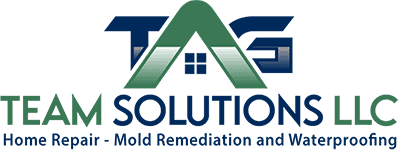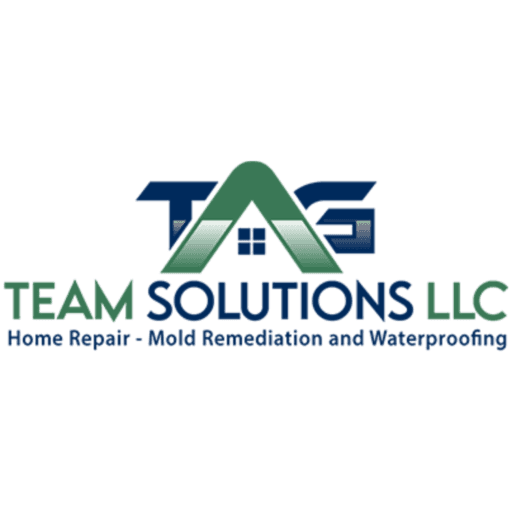Why Your Crawl Space Matters in Winter
As the cold weather sets in, most homeowners focus on sealing doors and windows, maintaining their heating system, and adding insulation to attics. However, one critical area that often gets overlooked is the crawl space. This small, hidden space under your home plays a crucial role in maintaining indoor temperature, air quality, and even energy efficiency.
Failing to winterize your crawl space can lead to several problems, including increased energy bills due to heat loss, cold, uncomfortable floors caused by air drafts from below, moisture buildup leading to mold, mildew, and wood rot, and an increased risk of pests seeking warmth during the colder months. By taking steps to properly insulate, seal, and control moisture in your crawl space, you can create a healthier and more energy-efficient home this winter.
Winterizing Tips for Crawl Spaces
If you want to keep your home warm and protect your crawl space from cold-weather damage, follow these essential winterization steps.
Install Insulation and Vapor Barriers
One of the most effective ways to maintain warmth in your home is to insulate your crawl space properly. Insulation helps retain heat, preventing cold air from seeping in through the floorboards.
Spray foam insulation provides an airtight seal, keeping warm air inside and cold air out. Rigid foam board insulation is durable and resistant to moisture, making it an excellent choice for crawl space walls. Fiberglass batt insulation is often used in vented crawl spaces but must be paired with a vapor barrier to prevent moisture retention.
A vapor barrier is another essential addition. This thick plastic sheet is laid over the ground in the crawl space to block moisture from the soil. Without it, damp air can rise into the crawl space, increasing the risk of mold and mildew growth.
Seal Gaps and Cracks to Prevent Cold Air Entry
Even a well-insulated crawl space can lose heat if there are cracks, gaps, or open vents allowing cold air inside. Sealing these entry points helps maintain warmth and reduces energy waste.
To properly seal a crawl space, check the foundation walls and floor for cracks and seal them with caulk or expanding foam, seal around pipes, vents, and utility openings to prevent drafts, and close or block off crawl space vents unless they are necessary for specific ventilation systems.
Proper sealing ensures that heated air stays inside your home, reducing the strain on your HVAC system and lowering your heating costs.
Ensure Proper Drainage and Grading
Winter weather brings snow, ice, and rain, which can lead to excess moisture accumulation in a crawl space. If water collects near the foundation, it can seep into the crawl space, creating damp conditions that encourage mold growth and even structural damage.
To prevent crawl space flooding in winter, check that gutters and downspouts direct water away from the foundation, ensure the soil around your home is properly graded to encourage water runoff, and consider installing a French drain to help move excess water away from your home’s foundation.
Proper drainage is critical to keeping your crawl space dry and free from water damage throughout the winter months.
Use a Dehumidifier to Control Moisture
Even in the winter, moisture can accumulate in your crawl space, leading to musty odors, mold growth, and potential damage to wooden structures. Controlling humidity levels is key to maintaining a healthy crawl space environment.
A crawl space dehumidifier is designed to remove excess moisture, keeping humidity levels below 50 percent, which helps prevent mold and mildew growth, damp, musty odors from entering your home, structural damage from wood rot, and pest infestations, as rodents and insects thrive in damp spaces.
Investing in professional dehumidification services ensures your crawl space remains dry and well-regulated all year long.
How Crawl Space Encapsulation Helps
Encapsulation is the best investment if you’re looking for a long-term solution for maintaining a warm, dry, and healthy crawl space.
Enhances Energy Efficiency
Encapsulation involves sealing the crawl space completely with a heavy-duty moisture barrier, along with insulated walls and a properly controlled ventilation system. This prevents cold air from entering and reduces heat loss, leading to lower energy bills.
Prevents Winter Pest Infestations
During winter, rodents and insects seek warmth and often enter homes through unsealed crawl spaces. Encapsulation effectively closes off all entry points, keeping pests out and preventing damage from nesting or burrowing.
Reduces Risk of Mold and Structural Damage
By keeping moisture levels under control, encapsulation helps prevent wood rot and foundation damage, mold and mildew that can impact indoor air quality, and musty smells that seep into your home. Encapsulation is a one-time investment that provides year-round protection, ensuring your crawl space stays dry, warm, and free from damage.
Your Crawl Space Experts
Professional crawl space winterization and encapsulation services will help keep your home safe, warm, and efficient during the colder months.
Our services include professional crawl space encapsulation, a complete moisture control and insulation solution, crawl space insulation and sealing to keep heat inside and eliminate drafts, drainage and dehumidification services to prevent water damage and moisture buildup, and pest-proofing and crawl space maintenance to keep rodents and insects out for good.
Get Your Crawl Space Winter-Ready Today
A poorly maintained crawl space can lead to higher energy bills, moisture problems, and even pest infestations. Don’t wait until winter is in full force—take action now to winterize your crawl space with Tag Team Solutions.
Call us today for a free crawl space inspection and let’s get your home prepared for a warm, worry-free winter!

